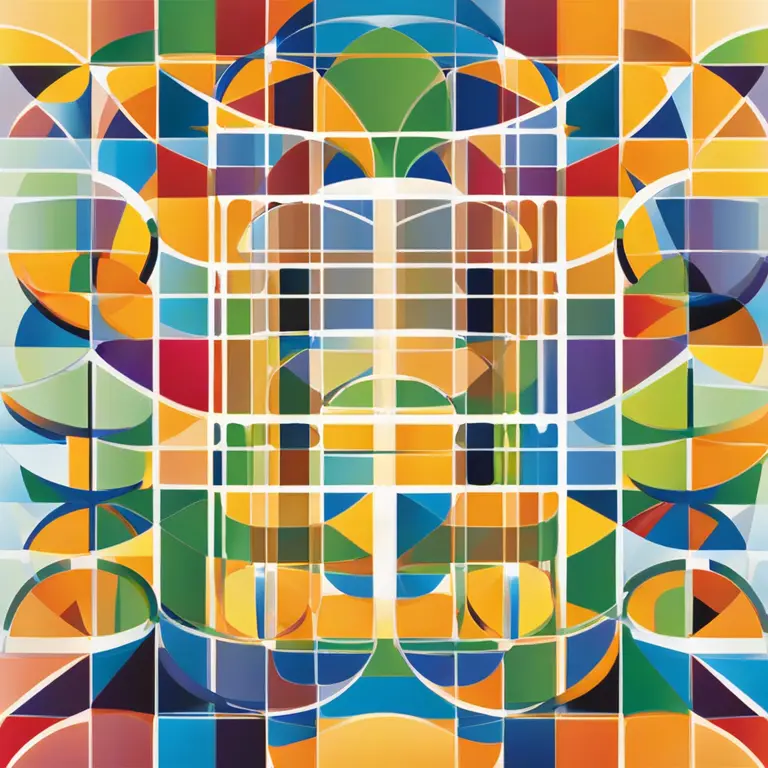
The Rhythms Within: Human Biorhythms Explained
Delve into the rhythms that dictate human energy, emotions, and intellect cycles. This article breaks down the science and significance of biorhythms.
article by Adrian Wallace
What are Biorhythms?
Biorhythms are theoretical cycles that suggest a person's life is influenced by rhythmic biological cycles. These cycles are thought to affect our physical, emotional, and intellectual capabilities. The concept originates from the early 20th century and has since been a subject of both intrigue and skepticism within the scientific community. Biorhythms are divided into three primary cycles: the Physical (23 days), the Emotional (28 days), and the Intellectual (33 days). While the validity of biorhythms is debated, some individuals swear by their impact on daily life and decision-making.

The Science Behind Biorhythms
Although biorhythms are not widely supported by the scientific community, they are based on the idea that our bodies operate on set cycles. Some parallels can be drawn with circadian rhythms, which are scientifically verified cycles that occur within a 24-hour period. Critics argue that the evidence supporting biorhythms is anecdotal and lacks empirical grounding. On the other hand, proponents of biorhythm theory maintain that understanding these cycles can lead to improved well-being by aligning activities with one's natural rhythms.

Physical Biorhythm Cycle
The Physical biorhythm cycle, lasting 23 days, is said to influence one's strength, endurance, and overall physical state. Advocates believe that being aware of this cycle can help in planning activities that require physical exertion, optimizing times for exercise or rest. For instance, if one is in a high phase of their physical cycle, they might engage in more strenuous activities, while a low phase could suggest a need for recuperation.

Emotional Biorhythm Cycle
Spanning 28 days, the Emotional biorhythm cycle is believed to govern moods, feelings, and emotional stability. Understanding this cycle could help individuals in anticipating mood fluctuations and managing emotional responses. During a high phase, a person may feel more upbeat and emotionally resilient, while a low phase could correspond to a period of emotional sensitivity or susceptibility to stress.

Intellectual Biorhythm Cycle
The Intellectual biorhythm, with its 33-day span, is thought to affect cognitive functions such as analysis, logical thinking, and memory. People might find it best to undertake mentally demanding tasks during the high phase of their intellectual cycle, whereas during a low phase, they could focus on less cerebral activities and allow for mental rest.
Calculating Personal Biorhythms
In modern practice, personal biorhythms can be calculated using one's date of birth as a starting point. Numerous online calculators and mobile applications now incorporate algorithms that claim to predict one's biorhythmic patterns. These tools are utilized by individuals seeking to gain insight into the optimal timing for various personal and professional endeavors, based on their unique cycles.
Biorhythms: The Verdict
While the concept of biorhythms may offer an intriguing framework for personal introspection and planning, it should be approached with critical thinking and an understanding of its pseudoscientific nature. Contemporary research in chronobiology focuses on rhythms that are firmly grounded in biological mechanisms, such as the well-documented circadian rhythms. As with any non-empirical belief system, it is crucial to consider the available scientific evidence and weigh personal experiences when evaluating the relevance of biorhythms in one's life.
Published: 1/30/2024
Modified: 1/30/2024
More predictions
Come back here soon to learn more about yourself and your future


Your Daily Biorhythm Guide
Discover how your biorhythms influence your daily life and learn to harness their power for better well-being and decision-making.


The Rhythms of Life: Biorythms Simplified
Delve into the fascinating world of biorhythms and discover how these biological patterns can affect your daily life and personal growth.


The Basis of Biorhythms: Patterns of Life's Natural Cycles
Delve into the foundation of biorhythms and understand how these rhythmic cycles are believed to influence our physical, emotional, and intellectual states.